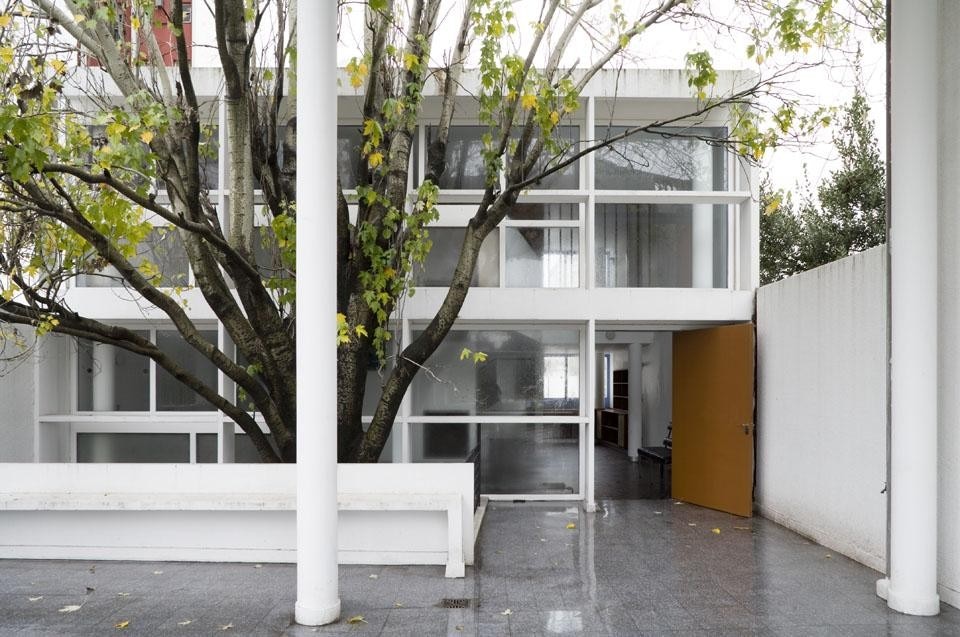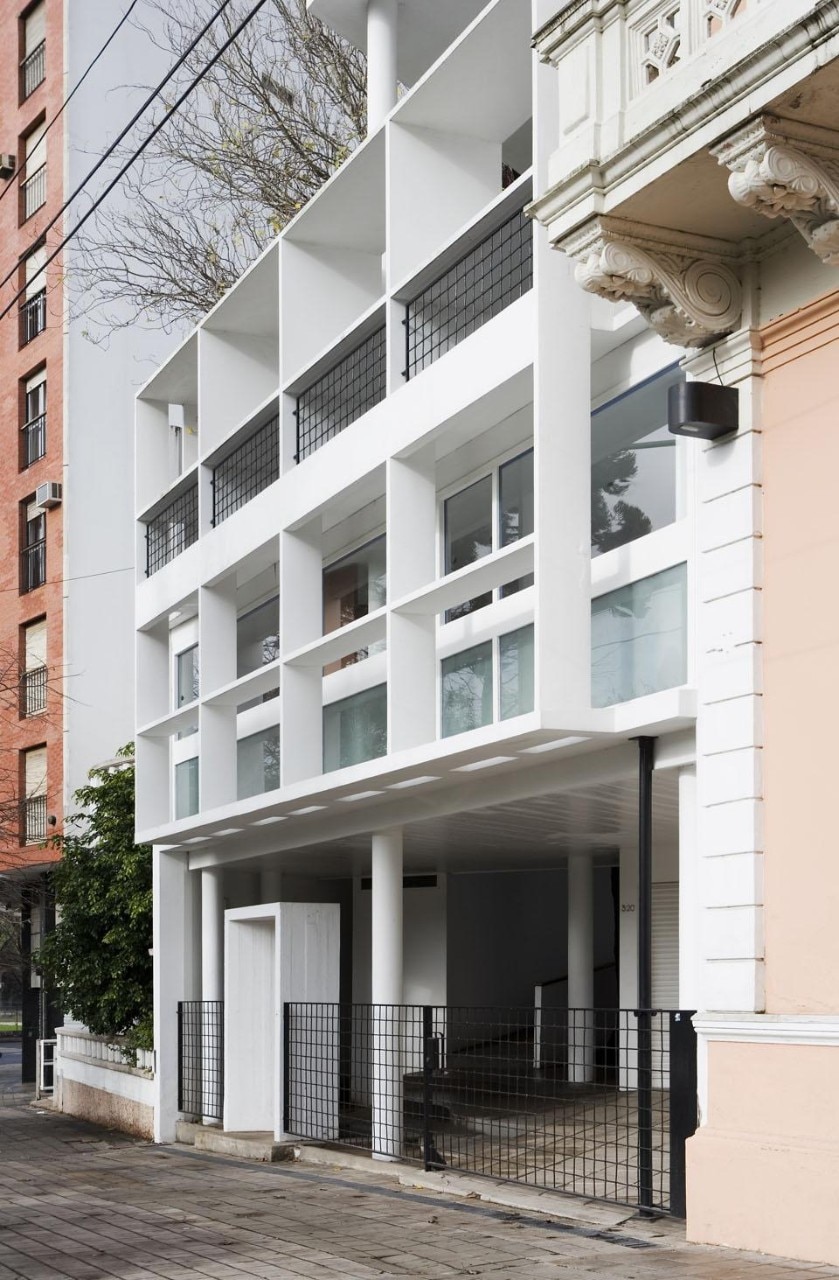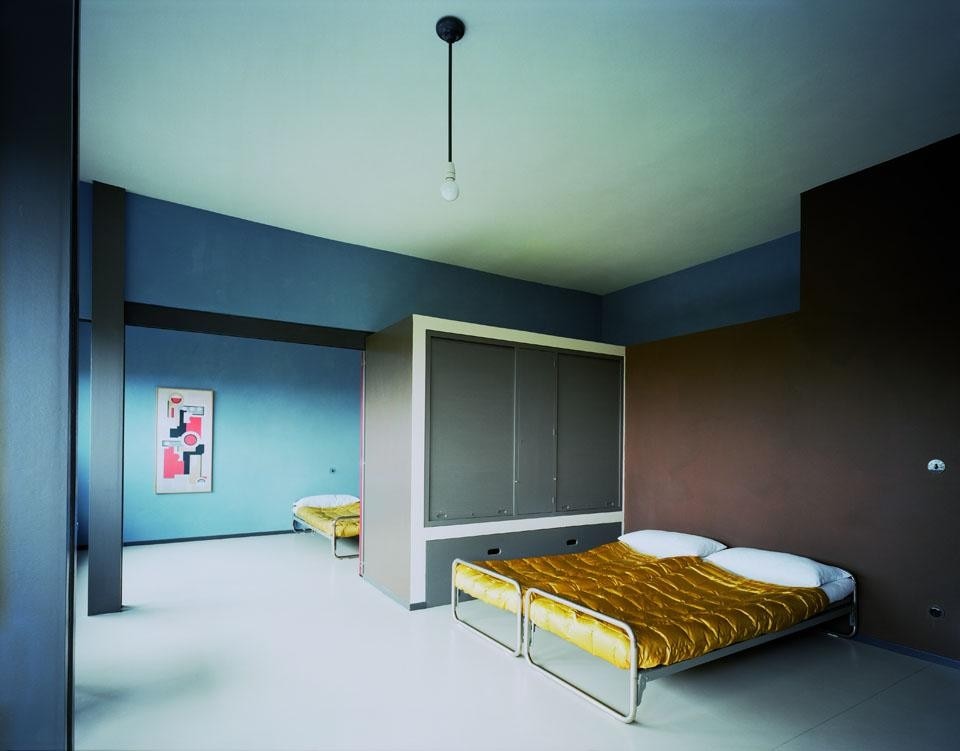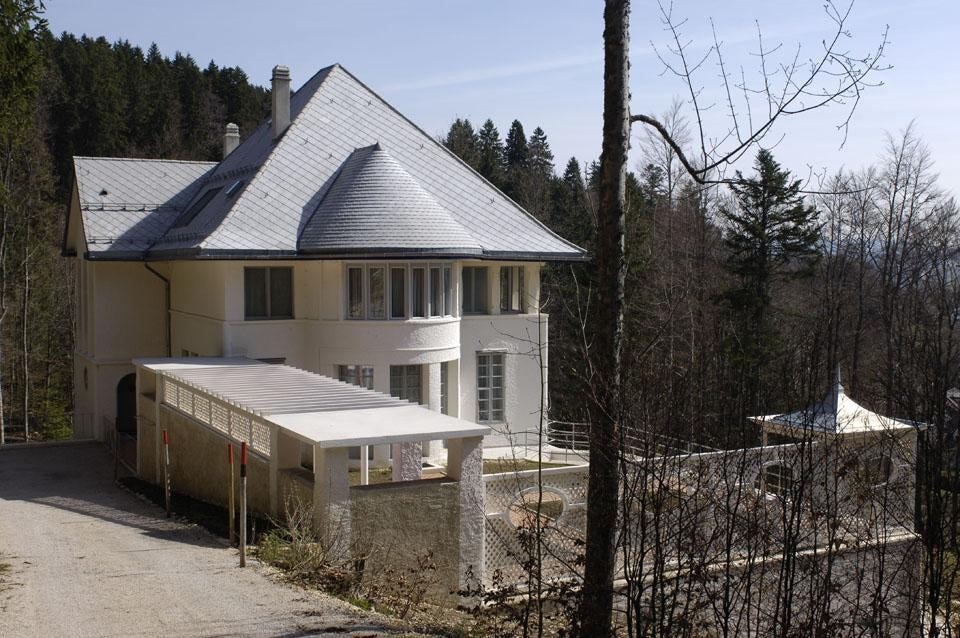Cristina Fiordimela: What are the benefits of having a number of Le Corbusier's architectural works on the World Heritage List?
Michel Richard: FLC's main mission is to protect and raise awareness of Le Corbusier's work. For the activities we promote and develop, the inclusion of his buildings on the World Heritage List spreads and consolidates awareness of his contribution to modern and contemporary architecture in a vast and diverse audience, especially in France where, unlike other countries, it is still little recognised. It also draws all the public and private players into the development and implementation of long-term conservation strategies developed ad hoc for the existing buildings and annexed sites.

Above: the interior of the maison du docteur Curutchet in La Plata, Argentina. Photo OM Gambier, FLC / ADAGP.
It is the country [where the work is sited] that forwards proposals for inscription on the World Heritage List and it is also the country that, together with the city authorities and other public institutions and associations, engages with UNESCO to meet the responsibilities that come with the World Heritage Listing of a piece of architecture. The FLC coordinated those involved in drawing up the project (Ministry of Culture, embassies, experts and scholars from the six partner countries, owners, local associations, etc.). The FLC also meets the costs of producing the dossier—from text composition and graphic design to the organisation of study trips and meetings that will broaden and mix the contents of the proposal for UNESCO inscription. Our archives also form the scientific basis of the dossier.
What criteria were adopted for organising the latest series of 19 buildings?
The first dossier, divided by building type, was reorganised to reflect a historical and chronological interpretation of the architectural works. In it, the buildings are seen as concrete expressions creating a sequence of significant moments in a broader theoretical thought developed by Le Corbusier on the culture of living within the Modern Movement. This approach prompted the decision to exclude Villa Schwob, considered marginal to this architectural trend, and Villa Cook, considered the least significant example of a building type better represented by other buildings in the series presented to UNESCO. A planned programme of works for the Cité-Refuge that goes against the principles of integrity and authenticity established for the selection of the other Le Corbusier works resulted in its omission and the choice fell on the Civic Centre in Firminy. In response to the comments made by the World Heritage Committee, management plans were drawn up for every public and private entity participating in the proposal for Listing and the "buffer zones" that act as a link between the buildings and their urban and landscape contexts were redesigned in detail.

In judging these omissions negatively, ICOMOS International seems to have ignored the extremely precise rules set by UNESCO for proposals for World Heritage Listing and for which the Fondation and external consultants studied both the conservation of the buildings proposed and the technical, political and administrative obligations set by the World Heritage Committee. The dossier did not include the architecture in Chandigarh or the Carpenter Center—or even Centrosoyuz—because of an absence of the conditions required by UNESCO for the protection of the building, which must already be safeguarded by the national legislation of its own country which, in turn, is the institutional body that forwards the proposal for World Heritage Listing. These are legitimate criteria. Why should UNESCO do the work of states that are indifferent to the protection of their architectural heritage? India was initially associated with this project but withdrew its proposal. That is why we had to exclude the urban works.
Why should UNESCO do the work of states that are indifferent to the protection of their architectural heritage?

The retention of the original use of spaces designed by Le Corbusier is a priority aim of the FLC, sometimes pursued at the cost of accepting compromises as to the state of conservation of the existing architectural framework, which may be subjected to major restoration work to meet legislation. The FLC archives form the basis of preliminary studies for conservation and restoration projects, with each and every building being a specific case. Our role in the process of building restoration is to conserve the memory of the building works, capitalising on knowledge of the architectural design drawn from on-site surveys, material analyses and the know-how and experience of those who actually built it.


